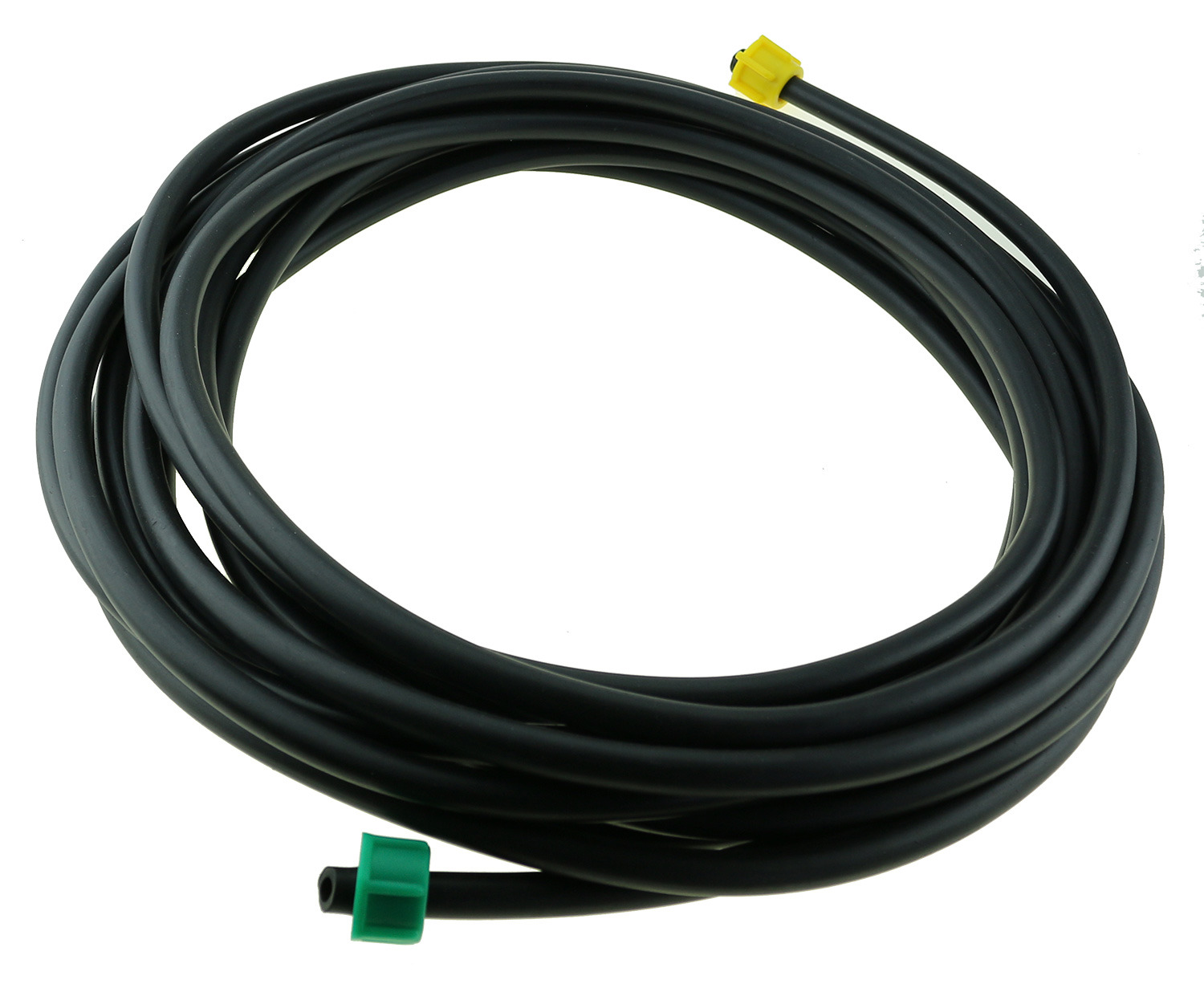

Similarly, Third-row is 2, it means only 1st and 2nd item are available… Forth row tells that all 4 items should be considered for computing the total value for the given knapsack weight. The second row is 1, it means only the 1st item is available. The first row is 0, it means no item is available. Row – is the number of items we can take.Note: The size of the memo table is (Total number of items + 1) * (Knapsack Weight+1). The idea is to store the solutions of the repetitive subproblems into a memo table (a 2D array) so that they can be reused i.e., instead of knapsack(n-1, KW), we will use memo-table.įor instance, when deciding on the 4 th item (whether to include it or not) we recursively make decisions for all the preceding items (i.e., 3 rd, 2 nd, and 1 st items) twice. 0-1 Knapsack Solution using Dynamic Programming The 0-1 Knapsack problem can be solved using the greedy method however using dynamic programming we can improve its efficiency. We can definitely improve the efficiency of our program by incorporating other techniques. This exponentially increases the time complexity of the program to O(2 n). knapsack(n-1, KW – weight) – Total value when including the n th item.


knapsack(n-1, KW) – Total value when not including the n th item.The above program has two successive recursive calls within the function: Return std::max(not_include_nth_item, include_nth_item) Int include_nth_item = value + knapsack(n-1, KW-weight) Int not_include_nth_item = knapsack(n-1, KW) total value when not including the item Since for every item we have to repeat the same process, we use recursion. To make this decision, we compare the total value of the bag when including the item with the value when not including the item.


 0 kommentar(er)
0 kommentar(er)
